Aromatic cup of hot coffee is the first thing most people go for for in the morning. Coffee is a favorite drink not only, because of the impact it has, but also, because of its pleasant taste and even more pleasant aroma.
Before a cup of coffee reaches each of us, there is a long process, starting with the cultivation of the plant, followed by the collection of beans, roasting, then grinding and packaging. After buying it, all we have to do is prepare it. Here are the most common types of coffee according to the preparation:
Espresso - The most common type of coffee used to make espresso is Robusta. It has more caffeine than Arabica, it is also less expensive, and Robusta is a less temperature-sensitive variety and forms a thick cream in a cup of espresso. Although Arabica is rarely used to make espresso, mainly because of its high price, this type of coffee, made from 100% Arabica beans, is considered to be of better quality, because it has a finer taste.
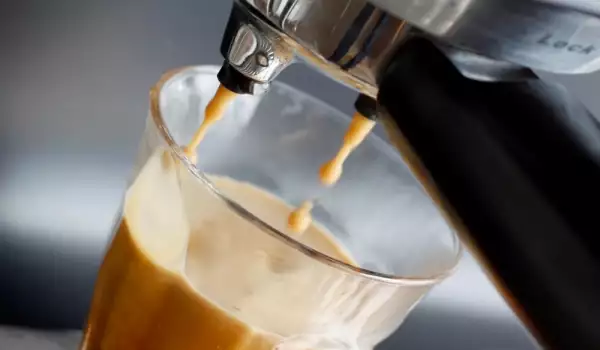
Coffee, that is in stores is most often harvested with the help of machines - of course, more expensive varieties are harvested by hand. The beans are then separated from their main shell and the rest of them are roasted in drums, which rotate, so that the beans can be baked evenly. The temperature is about 232°C and the time required is between ten and twenty minutes. The beans are also roasted at this temperature, from which the espresso is subsequently prepared.
After roasting, the beans should be left for between 12 and 36 hours to separate any gases that are created during roasting. Roasting beans causes chemical changes - coffee beans contain about 1, 500 chemicals that interact with each other, the ultimate goal being an aromatic cup of coffee.
The right way to make espresso is just as important as picking and roasting the beans. 7-8 grams of ground coffee are needed to be put in your machine. Most so-called espresso machines do not prepare espresso properly. To find out that you have made quality coffee, it must have a nice cream on top. The espresso machines in question most often make Mocha-type coffee - that is, they use steam pressure, that passes through the coffee but generates up to 1.5 bars.

To make a good espresso, you need 9 bars. After its preparation, espresso must be consumed in a certain way. In Italy, for example, tradition dictates that the drink has to be drunk in 3 to 4 sips, by taking a deep breath before each to feel the aroma of the drink.
The end of the ritual comes with the noisy tapping of the cup on the plate. Italian tradition requires espresso to have added sugar. According to true connoisseurs, however, to feel the unique aroma and aftertaste of espresso, you need to drink it black.
Schwartz coffee is made with two tablespoons of coffee. The technology of preparation here is quite different from the method of preparation of espresso. To make Schwartz coffee you need a special machine with a filter, a French press or a drip machine and the preparation of the drink itself takes a little longer than it takes for a cup of espresso. During the preparation, boiling water passes through the coffee, which stays longer in the grinded beans and is finally filtered through the filter in the machine. For black coffee, the beans are more coarsely grinded than for espresso.
Instant Coffee - This type of coffee is roasted at 165°C for between 8 and 15 minutes. The beans must be roasted between 25 and 75%, using fluidized roasting during roasting.
This means that between 30 seconds and 4 minutes the coffee is roasted at lower temperatures in order to preserve their aroma. After the coffee beans are grinded very finely, they are placed in a solution with water - at this stage the beans are crushed and all this is heated to between 155 and 180°C.
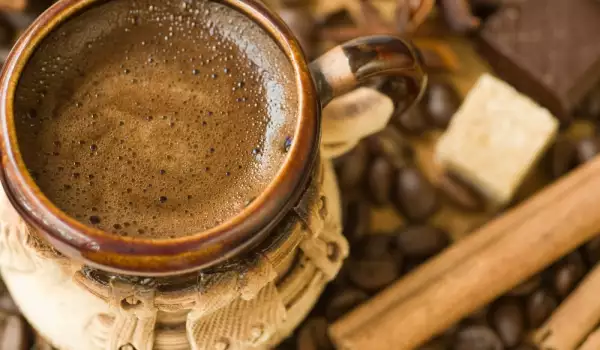
The last stage follows - the removal of water, which is done by drying or freezing. Once the coffee is ready, making a cup of the aromatic drink is extremely easy. If you want a strong drink, you need to add more coffee. Pour warm water and stir. In some parts of the world (Spain, Italy, Portugal) instant coffee is made with hot milk.
A true coffee lover can't help but make Turkish coffee - to make it, the beans are well roasted and grinded into a finer size than espresso coffee beans. To make good coffee, it is recommended to mix several types of coffee - you can make a mixture of Ethiopian, Yemen coffee, add Robusta and more.
Turkish coffee is made in a copper pot, by adding water and sugar in addition to the coffee. The idea is to boil the coffee over a very low heat, until the drink rises. For one cup of coffee you need 1-2 tbsp. of coffee and a glass of water. When the coffee starts to boil and rise in the pot, you need to remove it from the hob. To have a good cream, the pot should be narrowed at the top.
Then the drink is poured slowly to preserve the cream. According to some people, the coffee should be raised several times, but this is more suitable for coffee varieties that are not as roasted. How roasted the coffee is is understood by its color - darker color means more roasted coffee.
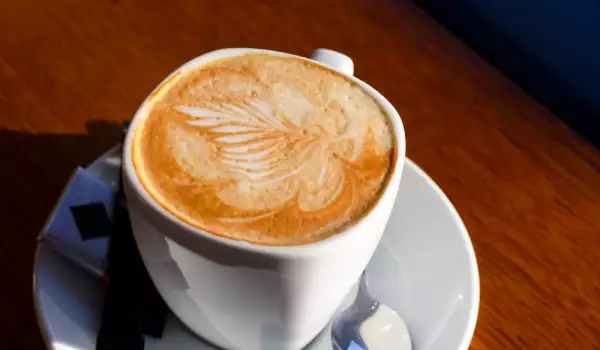
Frappe, Ice coffee - all drinks that are suitable for warm weather. Most often, ice coffee is made with espresso and a scoop of ice cream - sometimes cream and ice are added. The frappe started its history in 1957 and today we prepare it with a shaker, in which 1 tbsp. of coffee, sugar (sugar syrup) and a little water is added. Blend, until a foam is obtained, then add ice and milk or water.
Cappuccino, latte macchiato - these drinks, which are so popular today, are made on the basis of espresso. Cappuccino is made with warm milk, which is whipped to form a foam. Then the milk is poured into a glass that already has freshly made espresso.
Latte macchiato is made with more milk and more roasted coffee - usually this drink is served in a tall glass and the goal is to see the individual layers of milk, coffee and foam on top. The warm milk with foam is poured in the glass and the hot espresso is poured on top, which remains above the milk and under the foam.
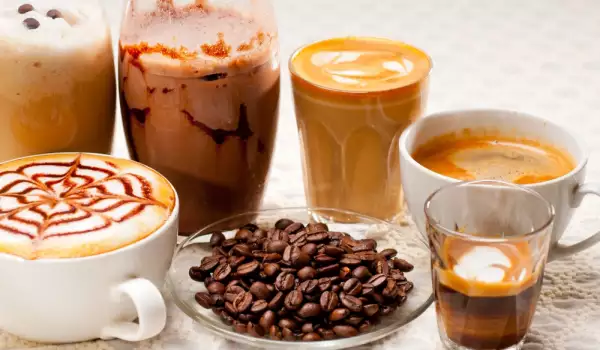

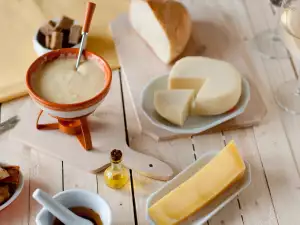



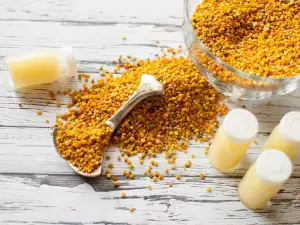

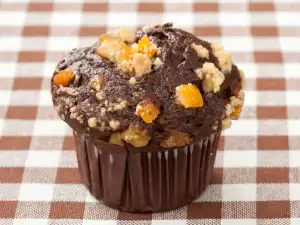

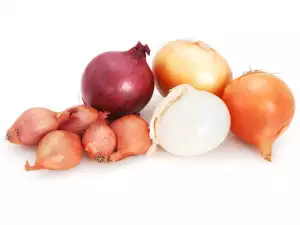
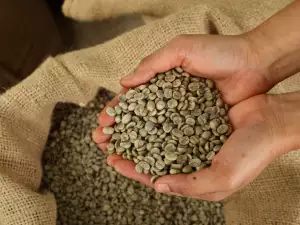

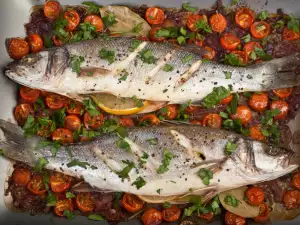

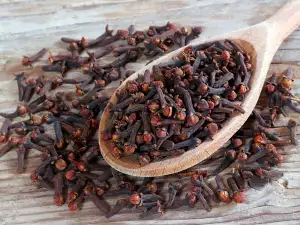




Comments